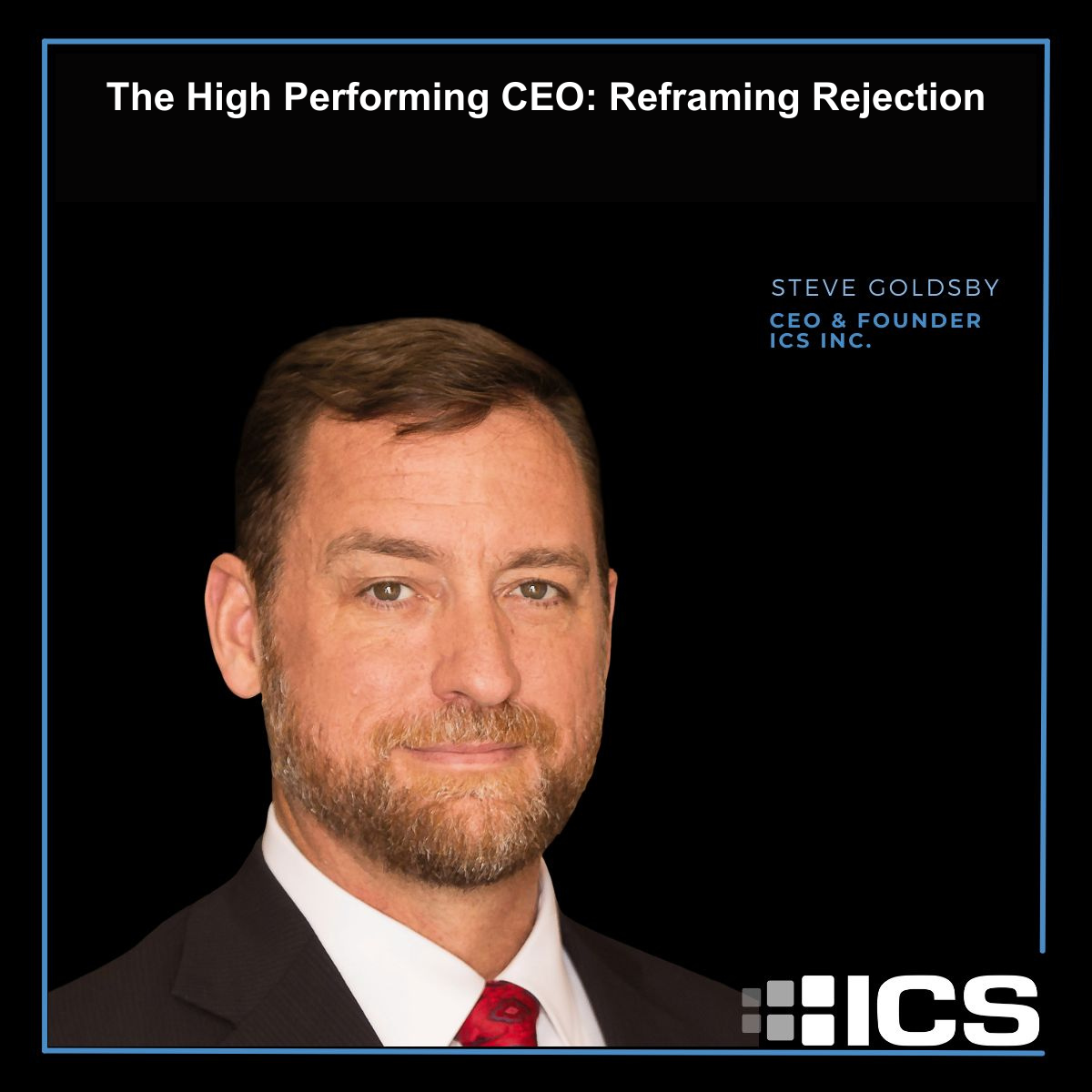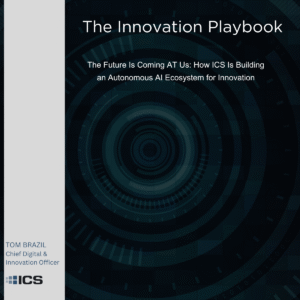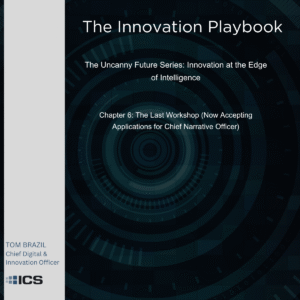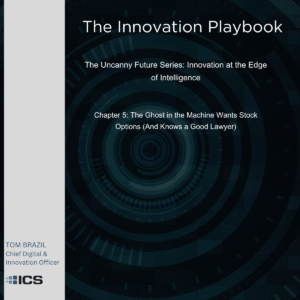As the CEO of ICS, I’ve faced rejection countless times over the years – from customers, employees, partners and even friends. It’s an unavoidable part of the entrepreneurial journey. But recently I watched a powerful TED talk by Jia Jiang called “What I learned from 100 days of rejection” that got me thinking about this universal experience in a new light.
Jia embarked on an experiment to desensitize himself to rejection by actively seeking it out for 100 days – from asking strangers for $100 to requesting a “burger refill” at a restaurant. While I’ve never intentionally tried to get rejected as Jia did, I completely agree with his premise. Facing rejection head-on is the only way to take away its power over us.
One key insight that struck me was how Jia highlighted that the most influential leaders in history – MLK, Mandela, Gandhi – all faced violent opposition to their world-changing ideas. But they didn’t let that rejection define them. Instead, their grace in overcoming it shaped them into the resilient leaders we remember.
This echoes my own experience, both as an individual and a leader. When I look back on pivotal moments of rejection over the course of building ICS, I see now how much they taught me. In the moment, rejection stings. But with time, I’ve learned to see each “no” as one step closer to a “yes.”
Overcoming rejection has brought a sense of calm and groundedness to my life. Where I used to take rejection intensely personally, I now see it as an inevitable and even valuable part of the journey. This shift in mindset has dramatically reduced my stress as a leader.
I’ll always remember Jia’s story of finally getting to teach a college class after being turned down the first few times he asked. He walked out of that classroom in tears, realizing he could achieve his dream simply by persisting through rejection.
How many of our dreams might be closer than we think? The next time you face rejection, I challenge you to see the hidden opportunity in it. Reframe that “no” as a chance to learn, to grow, to become the kind of leader that rejection can’t shake.
How are you handling rejection, and teaching your team members to handle it as well?







